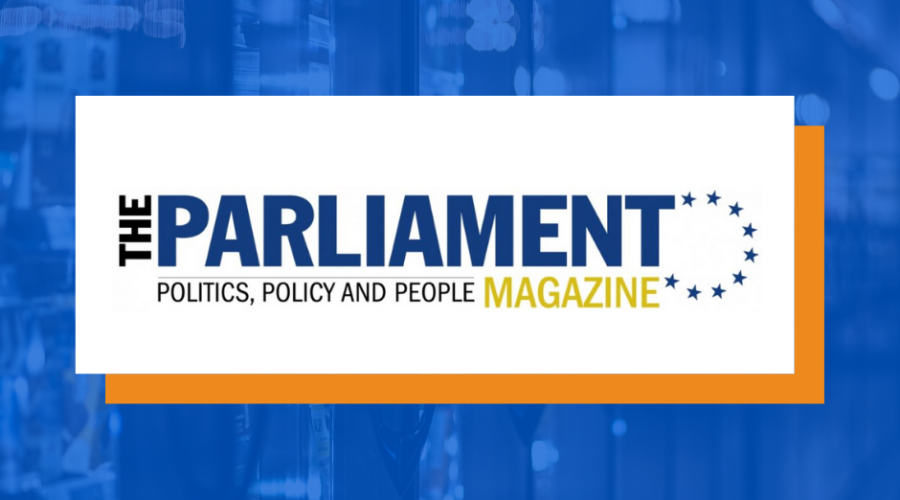Too many government mandates hurt Pennsylvania businesses
Pennsylvania has garnered a great deal of media attention over the last two years concerning restaurant revolts, elusive event gatherings, and parental protests. And with Pennsylvania ranking in as the 5th most populous state, distinct perspectives and positions are par for the course.
Indeed, PA business owners have not shied away from making their preferences and opinions known – and this is a good thing. Individuals and their interests are what have historically powered America’s economic advancements through decentralized decision-making, grassroots initiatives, and an entrepreneurial mindset.
In Warren Buffet’s 2021 annual letter to Berkshire Hathaway shareholders, he made it clear that he banks on American ingenuity:
“Success stories abound throughout America. Since our country’s birth, individuals with an idea, ambition and often just a pittance of capital have succeeded beyond their dreams by creating something new or by improving the customer’s experience with something old.”
Buffet’s statement highlights two key factors for a successful marketplace – individual choice and an improved customer experience. And it is precisely these two aspects that put business owners on high alert when any new policy may impede either.
Yet, as the new year approaches, new policies are coming into play for some parts of PA.
Philadelphia will be rolling out a vaccine mandate on January 3 for indoor dining experiences. The mandate applies to places like bars, sport venues, and eateries but it doesn’t impact other places where eating may take place such as childcare settings, soup kitchens, and congregated care facilities. The mandate also applies to anyone over the age of 5, and this may prove problematic for those who booked a Philly getaway and are coming from a country where the vaccine has not yet been approved for children (the standard in Europe is for those over the age of 12).
Unlike Philly, Pittsburgh is leaving the vaccination verification up to business owners regarding whether they wish for customers to provide proof or not. For some restaurants, the requisite of requiring patrons to be vaccinated hasn’t hampered business – actually, in some instances, it has helped.
Essentially, Pittsburg is playing a waiting game to see how Philly fares and even what restaurants will require on their own accord. Pitt’s approach allows consumers to choose which retailers and restaurants they wish to frequent, while business owners can choose what policies they wish to enact. It is up to the customer and company to determine how much risk they are comfortable with, and really that is what it all comes down to – determining the hazard present and considering the tradeoffs involved.
When too much emphasis is placed on the hazard aspect, though, blanket bans are often applied from on high, which can sometimes have regrettable results.
David Clement, the North American Affairs Manager for the global think tank Consumer Choice Center, has identified several existing policies, as well as policies being proposed, where the trade-offs simply are not worth the application of risk-based regulations.
An easy analogy Clement uses to illustrate the matter is sun exposure. Although too much can be harmful to one’s health, it would be ill-advised to avoid sunlight altogether since there are beneficial elements derived from the sun’s rays.
With this in mind, one of the cases Clement notes within a policy report is the use glyphosates. Glyphosates are currently under scrutiny in Pennsylvania, but a blanket ban seems counterintuitive given the benefits derived from its use – such as ensuring farmers can have a successful harvest and keeping invasive species at bay. High yield crop productions allow for a greater supply to be brought to market, which then means consumers (and restaurateurs) have more healthy options at a lower cost.
Although traces of glyphosates are found in certain foods and beverages, it is important to keep in mind that traces won’t result in tragedies, and ample evidence attests to this fact.
Clement notes how the German Federal Institute for Risk Assessment determined that “in order for glyphosate residues in beer to constitute a health risk, a consumer would need to drink 1,000 liters in one day.” One thousand liters equals 264.172 gallons, and despite Pennsylvania being a bulging hub for craft breweries, consumption to such a degree would be toxic regardless of the presence of glyphosates.
Just like with sunlight, it is the amount that matters – and it is also the individuals involved and the situation at hand. Indeed, some people can down a few more beers than others or partake in a full day of sunbathing without worry, and this is why mitigation efforts mustn’t be made by a centralized power player that is to a large extent separated from the day-to-day aspects of events or actions.
In the New Year, public officials would do well to remember dollar bills from consumers are more powerful in the mind of businesses than House bills from bureaucrats; and as in the words of Elon Musk, it may be best for government to simply “get out of the way” to allow for a 2022 business rebound in PA.
Originally published here









